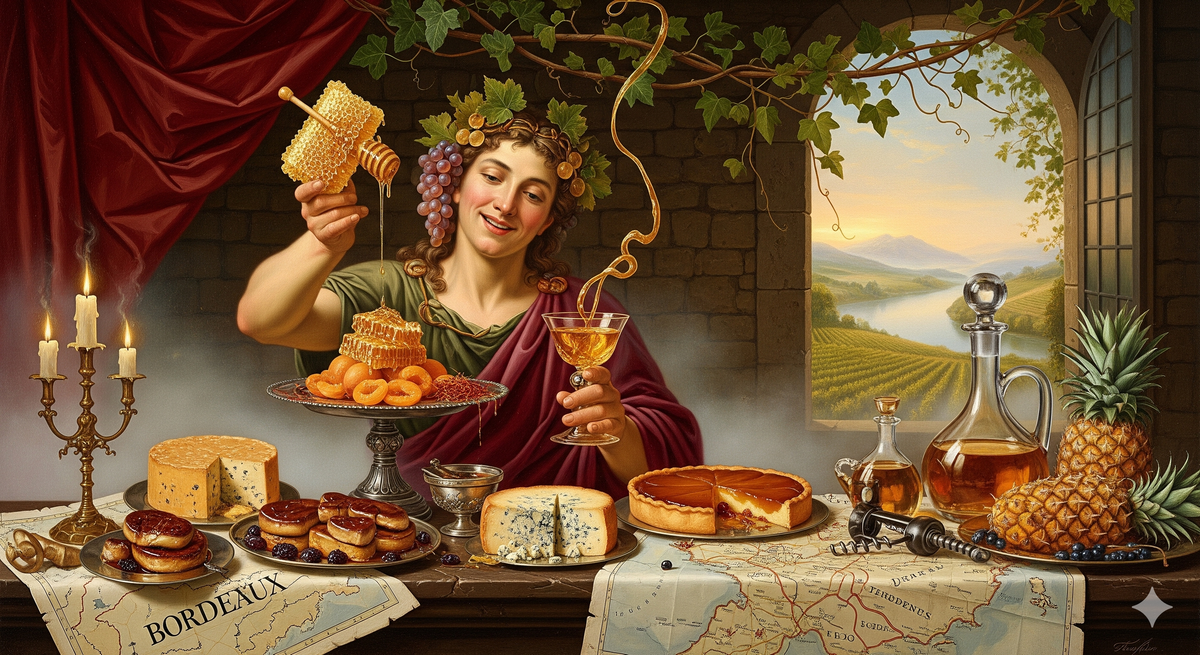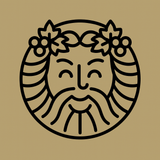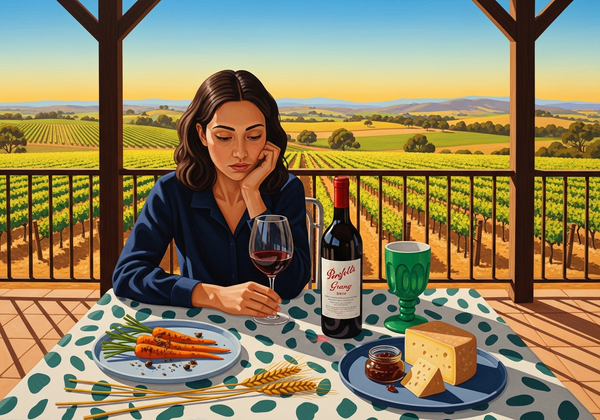Sugar, Sin, And The Long Game: Why 1967 d’Yquem Still Owns The Night
Château d’Yquem 1967 delivers saffron, candied citrus, caramelized stone fruit, and an endless finish—bright acidity balancing lavish sweetness.

Golden Heresy
You want absolution or a scandal? Château d’Yquem 1967 gives you both in one glass. It’s the kind of wine that makes polite company say “oh my” and the rest of us grin like we stole fire from Olympus. I’ve had plenty of sweet wines; this one isn’t sweet, it’s sovereign. It doesn’t knock—it materializes, sets down a velvet edict, and the room falls in line. You’re smart and busy, so here’s the pulse: this is one of those rare vintages where nature tossed the rulebook into the Garonne and lit it on fire.
Lanterns In The Glass
Hold it to light and you’ll swear you’re staring into a reliquary. Color: deep topaz with the slow-burn glow of polished amber. The rim flickers saffron and old gold, like candlelight on an ancient altar. Aromas refuse to file single: roasted apricot and quince paste, orange oil, candied pineapple, saffron threads, honeycomb still warm from the hive. Then the patisserie arrives—crème brûlée crust, toasted hazelnut, beeswax, and the faintest wisp of cigar box and antique varnish. It smells like time grown decadent.
Silk And Thunder
First sip and the world narrows to a gold filament: luscious but not cloying, powerful yet perfectly balanced. Acidity is your chariot driver—razor-bright, steering the opulence through a field of spice and citrus. Flavors ladder up: marmalade glaze over dried apricot, ginger snap heat, grilled yellow peach dripping caramel, salted almond brittle, tea-smoked citrus peel. Texture? Think silk shawl over chain mail—supple, layered, indestructible. The finish doesn’t end so much as fade into legend: saffron, honeyed walnut, and a saline flicker that shows the spine was always there, just dressed for the ball.
The Hill, The Mist, The Myth
Let’s talk why. d’Yquem sits on its own hill, the crown of Sauternes, where the Ciron’s cool morning mists collide with Garonne sun and invite botrytis—the noble rot that shrivels berries into flavor grenades. They pick in tiny passes, sometimes berry by berry, over weeks. 1967 had the alchemy—noble rot in full regalia, concentration without fatigue, a harvest that read like myth. This isn’t just terroir; it’s theater, and I’m the patron saint of both pleasure and paradox, Eleutherios—the Liberator—signing the guestbook.
Feast Like You Mean It
Don’t you dare serve this ice-cold. Aim for 50–54°F (10–12°C); too cold and you gag the poetry, too warm and the sweetness outruns its legs. Old bottles deserve gentleness: stand it upright a day, then ease the cork; a short decant helps shed any harmless crystals and blows off bottle hush. Pairings? Go high-low like a god with good taste: torchon of foie with seared peaches; fried chicken with hot honey and flaky salt; butter-poached lobster with saffron rice; blue cheese so ripe it writes you alimony checks; or dessert that speaks caramel—tarte Tatin, roasted pineapple, almond cake. If you’re thinking “dessert-only,” I’m thinking you’ve missed the point—this is a main character.
The Vault And The Vortex
Why buy—beyond hedonism? Because 1967 d’Yquem is one of those fabled bottles whose reputation has been burnished by decades of unembarrassed performance. Scarcity is real: every pass in the vineyard means minuscule yields, and every decade siphons bottles from the planet. Perfect provenance bottles still surface at auction and they don’t linger. Aging? We’re well into the plateau of immortality; great bottles will thrill for years yet. Translation: a trophy that actually tastes like something, with cultural capital that compounds.
Final Provocation
If you’re building a cellar with a soul, you need at least one bottle that can stop time. This is that bottle. Pass on it now and you’ll spend the next decade “discovering” substitutes. I’ll be elsewhere—crown of ivy, glass of 1967—hosting the kind of dinner you’ll lie about attending. Consider this your invitation and your dare. (And yes, the point-blank tone stays.)





